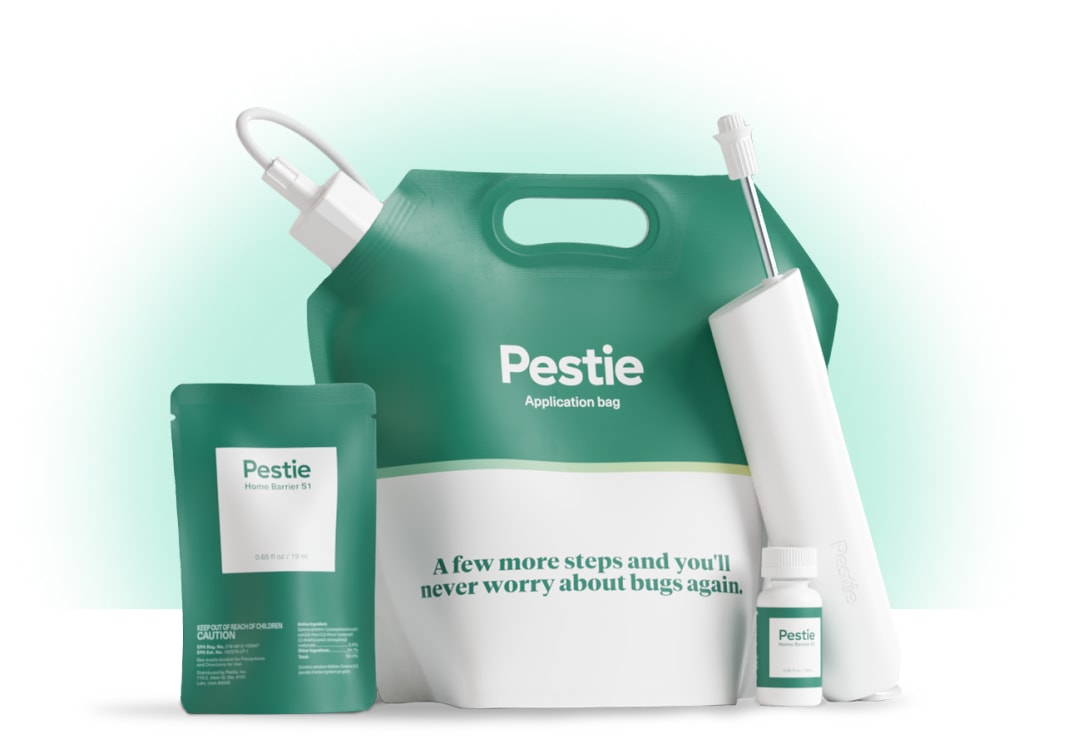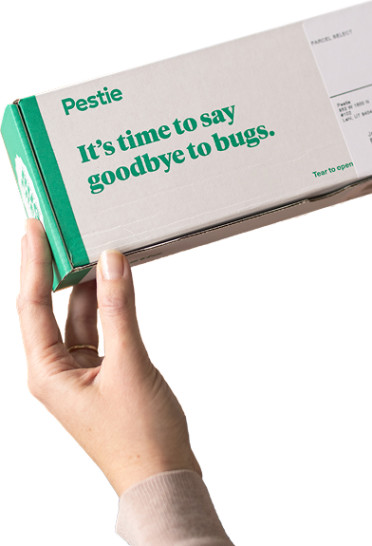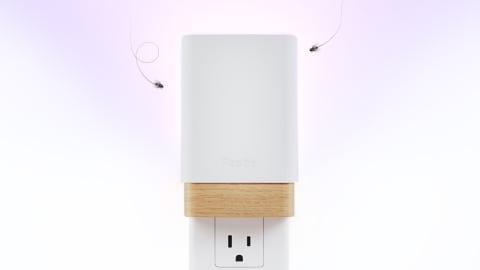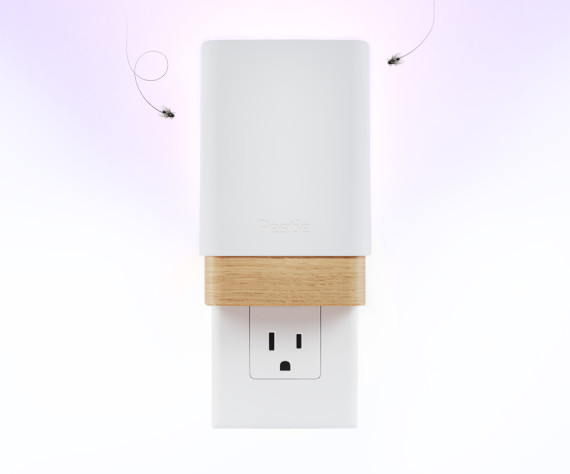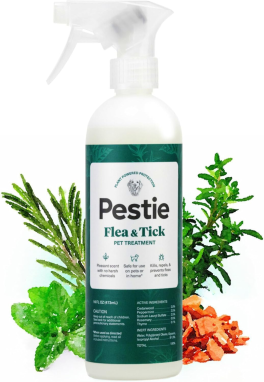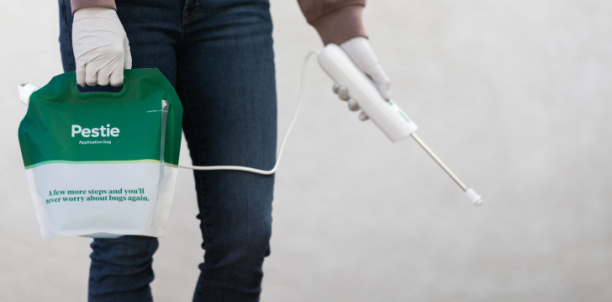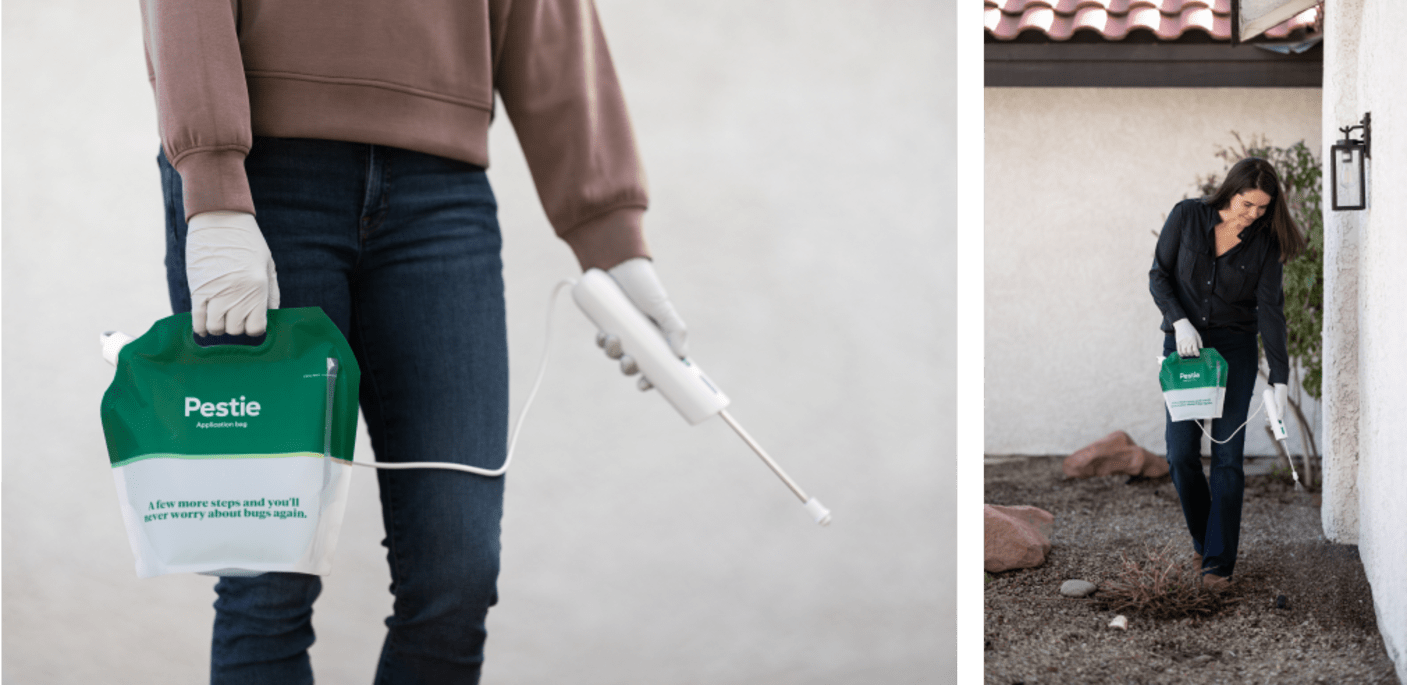How to identify and get rid of Oriental cockroaches
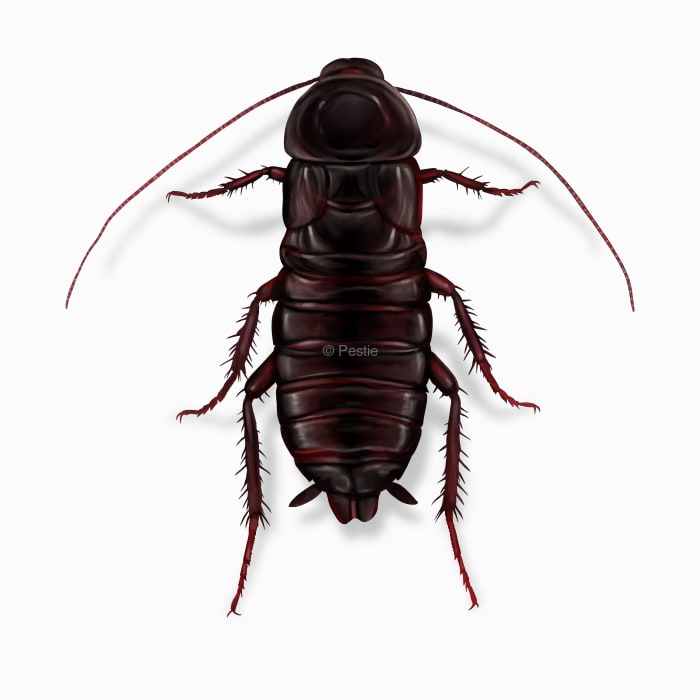
The Dark Knight of pests: battling Oriental cockroaches
Do dark critters scurrying across your floor make you a little jumpy? No one likes to see an insect invading their home or space, especially if it’s an oriental cockroach.
These pests are notorious for thriving in damp environments and can be a real headache for homeowners. Unlike some pests that sneak into your house during certain seasons, oriental cockroaches are a year-round threat, especially in areas where humidity is high.
Oriental cockroaches are sometimes known as water bugs, but scientifically, they are known as Blatta orientalis. They tend to live in less-than-sanitary conditions and can spread bacteria, pathogens, and diseases wherever they tread. It’s important to control them, not just for your reputation, but for your health.
They aren’t very good at climbing, so you’ll most likely find them on the ground and the lowest floor of your home. If you have an infestation, you’ll most likely see these cockroaches in all of their life stages, including various sizes and shades.
How to identify Oriental cockroaches
Oriental cockroaches are best known for their dark, glossy bodies and slow movements. The females have underdeveloped wings and can’t fly, while the males have short wings.
Signs of an infestation include seeing these large roaches at night, finding their egg capsules, which are dark red to black and look like a kidney bean, or noticing a musty smell that accompanies large infestations.
How big are Oriental cockroaches?
Adults can be up to 1 inch long.
What other pest looks like an Oriental cockroach?
Cockroaches are cockroaches, right? The most common cockroaches are American cockroaches, German cockroaches, and oriental cockroaches. While they might look similar at first glance, they have distinct characteristics that make them different. To tell if you are looking at an oriental cockroach, look for their shiny black color and lack of wings. They also won’t have any stripes or markings on their body.
How to get rid of Oriental cockroaches
You can manage an oriental cockroach problem by following a few simple steps:
- Eliminate moisture: Fix leaks, improve ventilation in damp areas, and use dehumidifiers.
- Seal entry points: Close gaps around doors, windows, and foundation walls to keep them out.
- Remove outdoor hiding spots: Clear away leaf litter, mulch, and other organic debris from around your home.
- Keep it clean: Regularly clean your home, particularly the kitchen, to remove food sources.
Additionally, you can use an insect barrier spray in and around your home to prevent cockroaches from coming inside. Pestie offers a DIY solution with the same ingredients the pros use! Now, you can get a pest-free home with less effort and cost.
Where do Oriental cockroaches live?
They are found throughout many parts of the United States, particularly in more humid regions. They typically prefer damp and dark areas such as basements, crawl spaces, and near drains or leaky water pipes.
Treat oriental cockroaches with Pestie
If you're still having trouble keeping oriental cockroaches away, the best option is to use a pro-grade, effective pest control solution like Pestie.
Pestie is a do-it-yourself pest control solution that's specially designed to keep oriental cockroaches and other pests away from your home.
With Pestie, you can rest easy knowing that your living space is protected and free of creepy crawlies. And the best part? It's designed for people, pets, and the planet, so you can say goodbye to harsh chemicals and hello to peace of mind!
- Save hundreds compared to traditional annual pest plans
- People, pet, and planet-friendly
- Pro-grade customized formulas
Quick facts
How dangerous are Oriental Cockroaches?
Medium danger risk
While they aren’t directly harmful to humans, they can spread bacteria and contaminate food, posing potential health risks.
- Scientific name
Blatta orientalis
- Other common names
Water Bug, Oriental Cockroach
- Colors
Shiny black or dark brown
- Life span
6 months to 2 years
- Diet
Starchy foods or decaying organic matter
Females can produce only four egg capsules, known as oothecas, in their lifetime. However, each ootheca contains 35-40 eggs. It only takes about two months for them to hatch and grow into adults.
